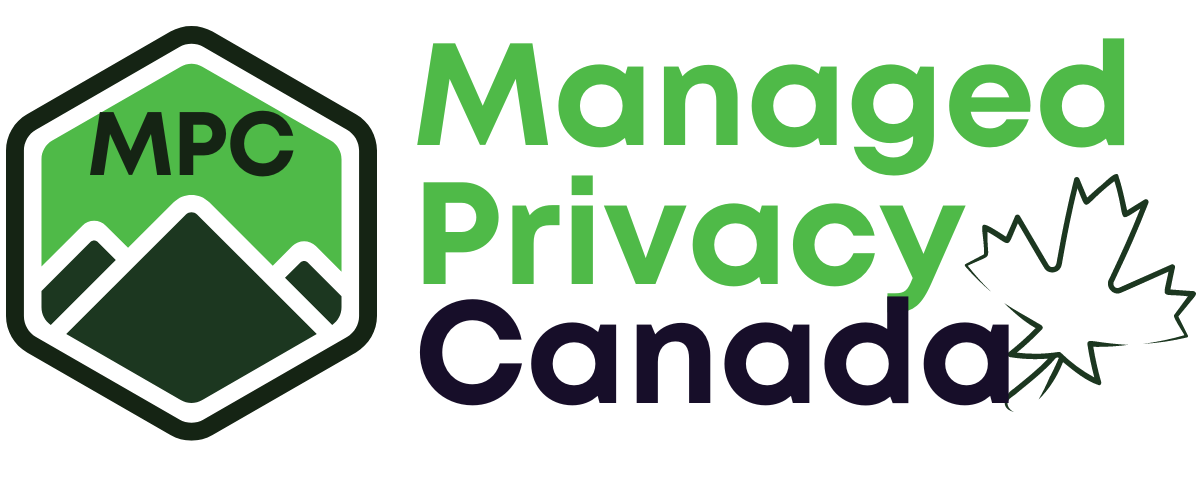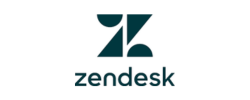How Cyberfraud Threatens Your Privacy and Security | 3 Facts
MPC’s Take on the 3 Alarming Facts from CAFC’s Latest Report
The Canadian Anti-Fraud Centre has just released the fresh new cyberfraud loss statistics (traditionally reported as Mass Marketing Fraud*) for the year 2023! The only thing missing is the clear impact of fraud, identity theft in canada, online scams, phishing, cyberheists and other data breaches on the privacy of Canadians.
We know it’s likely to be substantial. Nevertheless, here are 3 Cyberfraud facts worth noting:
- The CAFC indicates that due to underreporting, the numbers represent “less than 5%” of the actual figures. So be sure to sit down before you mentally double these numbers and add a zero.
- Reports are reflected not only from Canadian cyberfraud victims but also from other countries, which hints at the significant jurisdictional challenges faced by law enforcement.
- Not reflected in my screenshot is the fact that the past 2 years saw reported dollar losses of $283M and $420M (for 2021 and 2022 respectively).
December’s reported losses jumped by a considerable 25% from $28M in 2022 to the figure you see here: $35M. Adjusted for underreporting, that is a single month loss of $700 million by Canadian victims during the Christmas holidays.
I should mention that these figures do not factor in the entirety of holiday scam losses that are computed in the early months of each subsequent year.
*The term “mass-marketing fraud” generally refers to any fraud scheme that uses one or more mass-communication methods – such as the Internet, telephones, the mail, or in-person meetings.

This article originally appeared on claudiu.ca. This is also available as a presentation/speech/talk.
We are happy to discuss any of the privacy impacts of the topics presented in this blog article. Contact us today for a customized consultation or seminar.

















